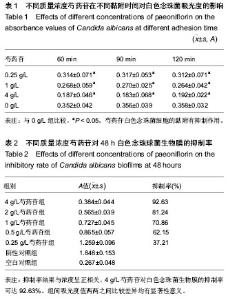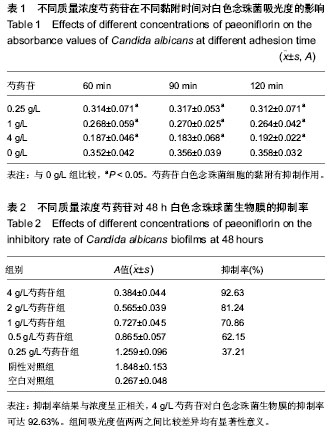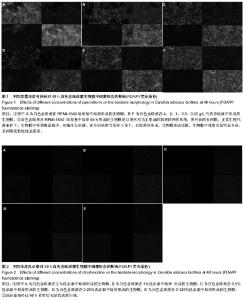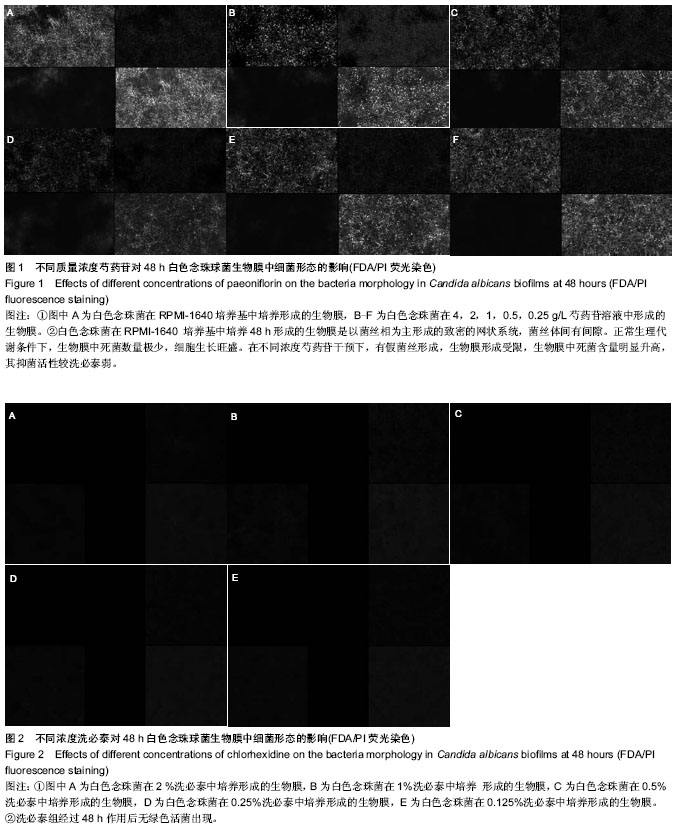| [1] 康白.微生态学[M].大连:大连出版社,1988:443.
[2] 张立桓.口腔念珠菌定植的研究概述[J].现代医药卫生, 2009, 25(25):1371.
[3] Siqueira JF Jr, Sen BH.Fungi in endodontic infections.Oral Surg Oral Med Oral Pathol Oral Radiol Endod.2004;97(5): 632-641.
[4] Figdor D,Sundqvist G.A big role for the very small-understanding the endodontic microbial flora.Aust Dent J.2007;52(1 Suppl):S38-51.
[5] 许颖,西玉立,杨景云,等.肉桂醛对根管内白色念珠菌生物膜作用的体外研究[J].中国微生态学杂志,2011,23(4):335-336.
[6] 吴岚,周曾同,周永梅,等.苦参碱对白色念珠菌生物膜的体外抑制作用[J].上海口腔医学,2009,18(4):415-418.
[7] Pierce CG,Thomas DP,López-Ribot JL.Effect of tunicamycin on Candida albicans biofilm formation and maintenance.J Antimicrob Chemother.2009;63(3):473-479.
[8] Douglas LJ.Candida biofilms and their role in infection.Trends Microbiol. 2003;11(1):30-36.
[9] Kumamoto CA.Candida biofilms.Curr Opin Microbiol. 2002; 5(6):608-611.
[10] Borecká-Melkusová S,Moran GP,Sullivan DJ,et al.The expression of genes involved in the ergosterol biosynthesis pathway in Candida albicans and Candida dubliniensis biofilms exposed to fluconazole.Mycoses. 2009; 52(2): 118-128.
[11] 方建茹,龙凯,谢小梅.中药抗真菌的研究进展[J].上海中医药杂志, 2005,39(3):60-62.
[12] 胡世林,付桂兰,冯学锋.不同产地和部位赤芍中芍药苷的含量测定[J].中国中药杂志, 2000,25(12):714-716.
[13] 左国营,韩峻,余巍,等.47种中草药提取物的体外抗菌活性筛选研究[J].中国药房,2005,16(10):799 .
[14] 刘亚男.胞外DNA在根管白色念珠菌生物膜中作用的研究[D].佳木斯大学,2009. |



